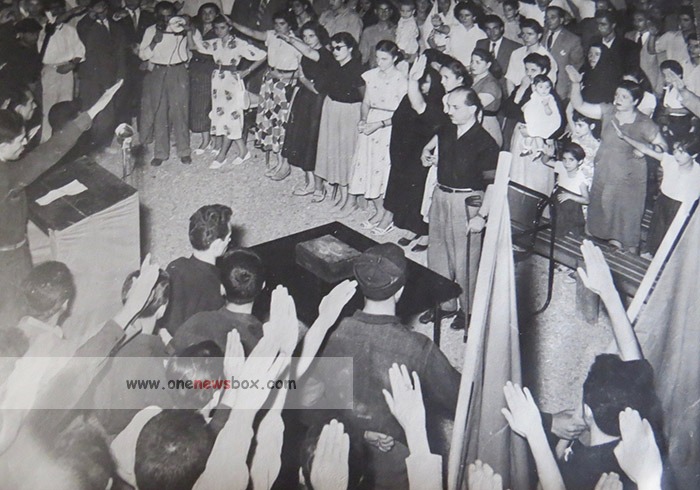-
Factionalism: Internal disagreements about the role of the monarchy, the party’s relationship with Western powers, and racial ideologies splintered the group. Some members favored a pro-monarchist stance, while others called for a fascist republic.
-
Emigration and Exile: Monshizadeh and several senior members eventually left Iran. Monshizadeh continued his intellectual work abroad, distancing himself from active politics. Some remaining members joined opposition movements such as those led by General Bahram Ariana, who opposed both the Shah and the later Islamic Republic.
SOMKA’s Legacy in Political Culture
Though SOMKA dissolved and faded into obscurity, its influence continues to be felt in subtle ways. Some nationalist thinkers of the 1960s and 1970s, including figures such as Dariush Homayoun, retained elements of SOMKA’s worldview even as they moved into more mainstream political roles.
In the post-1979 period, especially during the rise of the Islamic Republic, some exiled nationalist groups—particularly in Europe—revived interest in SOMKA’s ideology as part of a secular, anti-clerical nationalist movement. However, most contemporary political factions, including monarchists and reformists, have distanced themselves from the party’s fascist past.
Interestingly, some online forums and extremist nationalist circles have tried to reframe SOMKA as a misunderstood or heroic movement. This historical revisionism is dangerous and underscores the importance of critically examining the past.

